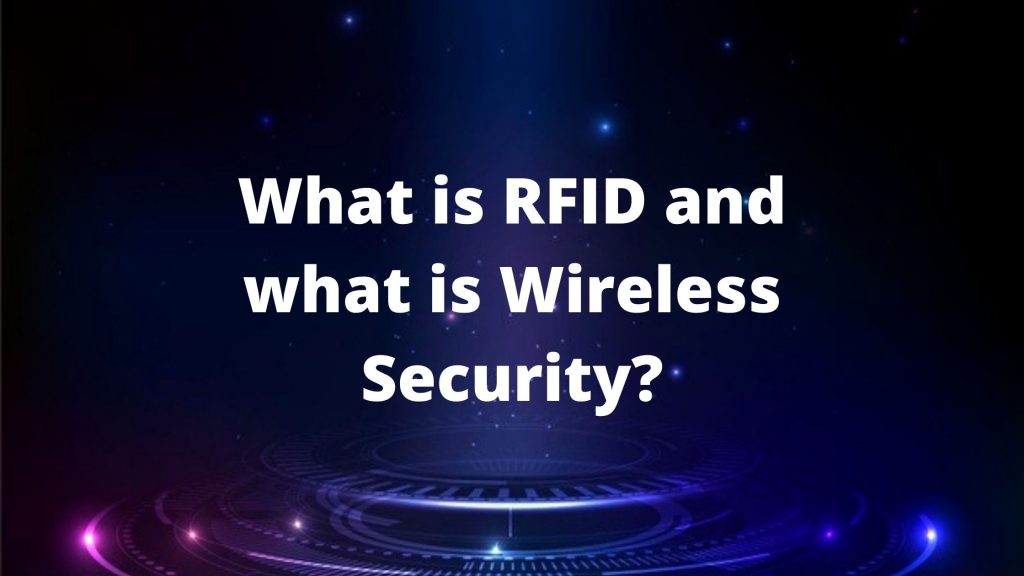What is RFID?
RFID has really been determined by the ratification of technology by the retail industry. An RFID tag is a microchip, which has shrunk to half of the size of coffee grains.
RFID tags work by listening to short radio signals and then responding to their own ID code, completely unique.
The beauty of this device is that it does not require batteries – they are powered by original radio signals.
Historically, companies, such as Wal-Mart, need a way to capture accurate and real-time information about the products they make, move and sell.
RFID offers that capability and helps companies improve supply chain efficiency, reduce inventory, theft limits, increase product availability, and increase consumer comfort.
Wal-Mart is not alone, Tesco, the largest retail chain in the UK has also adopted this technology by installing smart shelves with network RFID readers.
The brains behind RFID are driven by the Auto-ID Center, based on MIT, an unusual cooperative effort between Academia and the global company to develop electronic products (EPC), systems to identify objects and share information about them safely through the internet.
Supporters of technology insist that this is not the technology of brother – the limitations of the range ensure this – after the customer leaves the store the unique identifier code becomes useless.
If the RFID tag is used on the packaging after the packaging is discarded there should be no problem.
Let’s look carefully considered how this technology was revealed and how the industry turned homework using the system that saved their millions of dollars waste supply. Part of the PR battle may be a reduced carrot of consumer prices.
What is Wireless Security?
GSM phones use encrypted technology that allows sound and transfer data safely during calls. GSM technology uses algorithms to ensure the authenticity of the caller and channel integrity, even when you roam in a foreign country.
The most interesting wireless security area, and potentially debated is that about wireless LAN or Wi-Fi networks, this is fast into a choice connection method.
The wireless signal does not recognize the company’s or geographical limits and is only limited by network propagation configuration.
Even in the office environment, you will find a small area or “blind spots” where the coverage is very weak or non-existent.
So, it is possible for random surfers to “occur on” on other people’s networks. How do you protect this?
Wireless Local Area Networks Using Spread-Spectrum Technology – The technique that makes radio signals difficult to interoperate.
Most Wi-Fi systems also include user login forms and password protection. Of course, signal spread spectrum can be intercepted with a relatively simple wireless card and many networks do not properly set the password feature and will allow access to ready to type “any” word as a password.
The fact that “employees” must go through some form of physical security before they can access the network only adds to the idea that wireless networks may not be safe because equipment manufacturers will make us believe.
The problem with wireless security is basically a technical problem by means of an encrypted signal. Original wireless LAN (WLANs) uses a wireless encryption protocol (WEP).
It was then replaced at the end of 2002 with protected Wi-Fi access (WPA). Basically, WPA offers increased data encryption through the use of temporal key integrity protocols (TKIP).
TKIP features scramble the buttons using the hashing algorithm and ensure that the key has not been damaged. WEP only uses a static lock that is rarely changed by the user.
This cryptographic weakness causes a lot of security violations in WLAN because intruders can, relatively easily, produce encryption keys and access wireless networks.
While the WPA offers enhanced security features through WEP, not all industrial observers are truly satisfied.
The recent problem is highlighted with the WPA regarding the use of a well-selected password for the network.
Watches that intend to compromise WLAN can use simple dictionary software to address system passwords. In fairness, this weakness only manifests itself when the button is short, text-based is used, and does not indicate an error in the WPA protocol.
WLAN manufacturers can avoid this problem by combining the ability to produce random keys throughout the network and place users’ requirements regarding the length and style of the password.
Microsoft responds to the potential of this threat by providing Windows XP downloads that change the way the operating system communicates with Wi-Fi networks – using the key generated separately for each system user than one, although encrypted, the key to network connections.
Conclusion
In this blog you learn about the What is RFID and what is Wireless Security?
If you find this blog post informative then share this with others also.
Coteriesoft – Best IT company in Lucknow. If you want any type of IT solution then you can connect us at any time.
